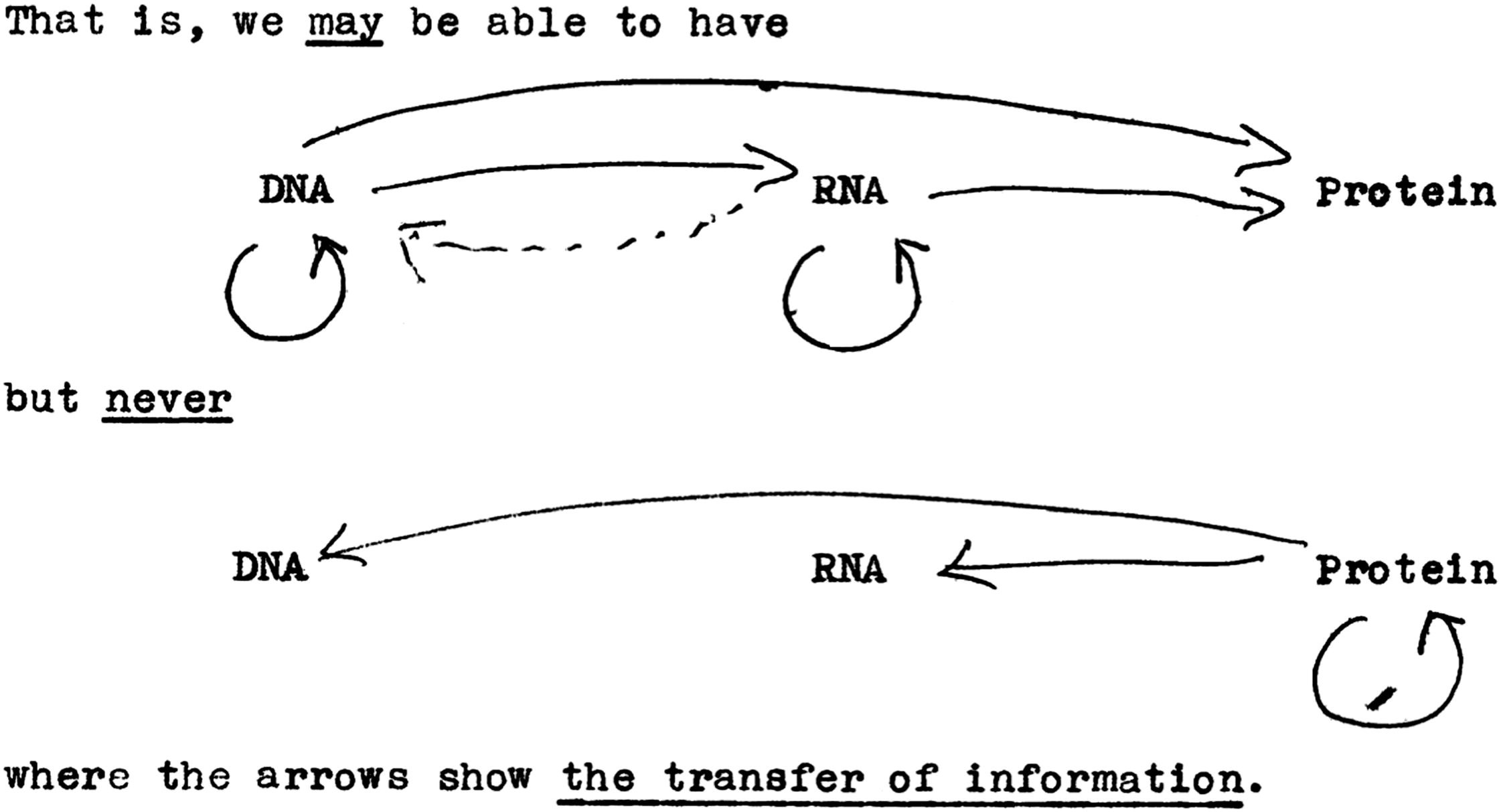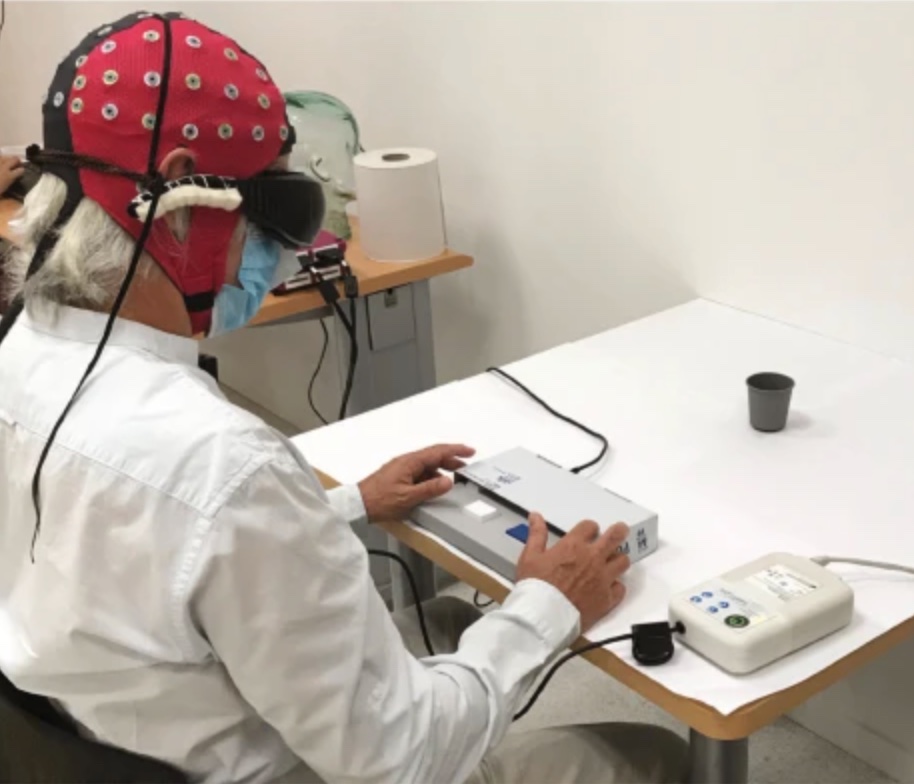Who first discovered mRNA and the vaccination with it is subject of various discussions. After all, a future Nobel Prize and other honors of different kinds may be at stake. A little deeper research reveals events and classifications that are missing from some other overviews. And it becomes apparent that exciting head-to-head races between various participants have not only taken place in recent times. However, it is alredy clear that the discovery of mRNA itself did not lead to the award of a Nobel Prize.
The year 1961 is usually cited as the year of discovery, based on several publications on the subject of mRNA. The summer of 1961 was a high point of "scientific excitement": not only the discovery respectively elucidation of mRNA was celebrated, but also the deciphering of the genetic code. Matthew Cobb, who wrote an excellent review of mRNA history in 2015, states: "Although mRNA is of decisive importance to our understanding of gene function, no Nobel Prize was awarded for its discovery. The large number of people involved, the complex nature of the results, and the tortuous path that was taken over half a century ago, all show that simple claims of priority may not reflect how science works."
What happened before 1961
According to Cobb, the cornerstone was the 1944 demonstration by Avery et al. that DNA is the genetic material and not proteins, as many scientists had assumed before. The first hypothesis on how RNA might fit into the concept of gene function came from a Paris laboratory in 1947 by André Boivin and Roger Vendrely, who stated in an English abstract of their publication written in French: "the macro-molecular desoxyribonucleic acids govern the building of macro-molecular ribonucleic acids, and, in turn, these control the production of cytoplasmic enzymes."

Watson (left) was aged 24 when he together with Crick (right) published the structure of DNA (photo)

Francis Crick’s unpublished notes from 1956 on the central dogma (image: Wellcome Library, London)
Even in the 1950s, there was no detailed knowledge of how the process of gene expression (conversion of gene information into gene products) works. This was despite the fact that James Watson & Francis Crick elucidated the DNA structure (double helix) in 1953, for which they received the Nobel Prize in 1962. Later, Crick did make the first considerations about how (hereditary) information is transferred in the cell (in a public lecture he called this the "central dogma" in 1957). However, the specific role of RNA as messenger (messenger RNA = mRNA) was missing in his hypothesis, which only postulated amino acid-loaded transfer RNA (tRNA) and ribosomal RNA (rRNA).
A series of research findings flanked these results, describing the presence of short-lived RNA as an intermediate derived from genes:
- 1950 | Jeener & Szafarz from the University of Brussels hypothesized that RNA is synthesized in the nucleus, then enters the cytoplasm in the form of small molecules and disappears again
- 1952 | Monod, Pappenheimer & Cohen-Bazire from Institute Pasteur demonstrated that the RNA-specific nucleotide uracil is necessary for protein synthesis to occur
- 1953 | Hershey, Dixon & Chase from Cold Spring Harbor Labor on Long Island showed that bacteria infected by phages (viruses that infect bacteria) produce a form of RNA that appears in high amounts but is then rapidly degraded
- 1956/58 | Volkin & Astrachan from Oak Ridge National Laboratory (ORNL) in Tennessee examined radioactively labeled RNA, which was also present only temporarily after phage infection. They interpreted this as a precursor to DNA and called it "DNA-like RNA"
- 1960 | Nomura, Hall & Spiegelman from University of llinois refined the approach of Volkin & Astrachan and found that two forms of RNA are synthesized after phage infection: one belonging to the ribosomes (protein factories) and one located freely in the cytoplasm. They considered the latter to be either a precursor or degradation product of ribosomal RNA (rRNA) or a carrier of amino acids (tRNA).
Cobb analyzes in his essay that each of these publications, however, either drew speculative conclusions based on missing evidence. Or, conversely, the available evidence was misinterpreted. At the same time, at the end of the 1950s, scientists at the Institute Pasteur in Paris were researching whether or how genes are regulated. In this context, they also focused on a "mysterious" messenger molecule, which they called "X". In a 1959 publication, Pardee, Jacob & Monod spoke of a "cytoplasmic messenger" without being able to say what it consisted of.
Then, in April 1960, the Paris researchers met with colleagues from England at Cambridge University who were working on deciphering the genetic code: Sydney Brenner and DNA structuralist Francis Crick. In joint discussion, it quickly became clear that molecule "X" might be the short-lived form of RNA observed by Volkin & Astrachan and others.
Crick characterized ribosomal RNA as an inert cellular structure that functions like a tape head in a cassette recorder: the newly identified messenger RNA corresponds to the tape that is a copy from DNA (the main genetic information blueprint) and carries the information to the ribosomes (tape heads) that read out the tape. Francois Jacob and Sydney Brenner wanted to test this hypothesis as soon as possible, and they shortly succeeded with the help of Matt Meselson of Caltech (California Institute of Technology) in Pasadena.

Notwithstanding this exciting meeting, however, other researchers around the world had also set out to identify mRNA and elucidate its role: James Watson, the other DNA structuralist, now at Harvard University, along with his group (Robert Risebrough, Charles Kurland, and Wally Gilbert) and with Francois Gros and Howard Hiatt of the Institute Pasteur.
Sources used:
- Matthew Cobb, "Who discovered messenger RNA?", Current Biology (Jun 2015); image source Crick's notes
- Ingmar Hoerr, founder of CureVac, in FierceBiotech (Jul 2013)












